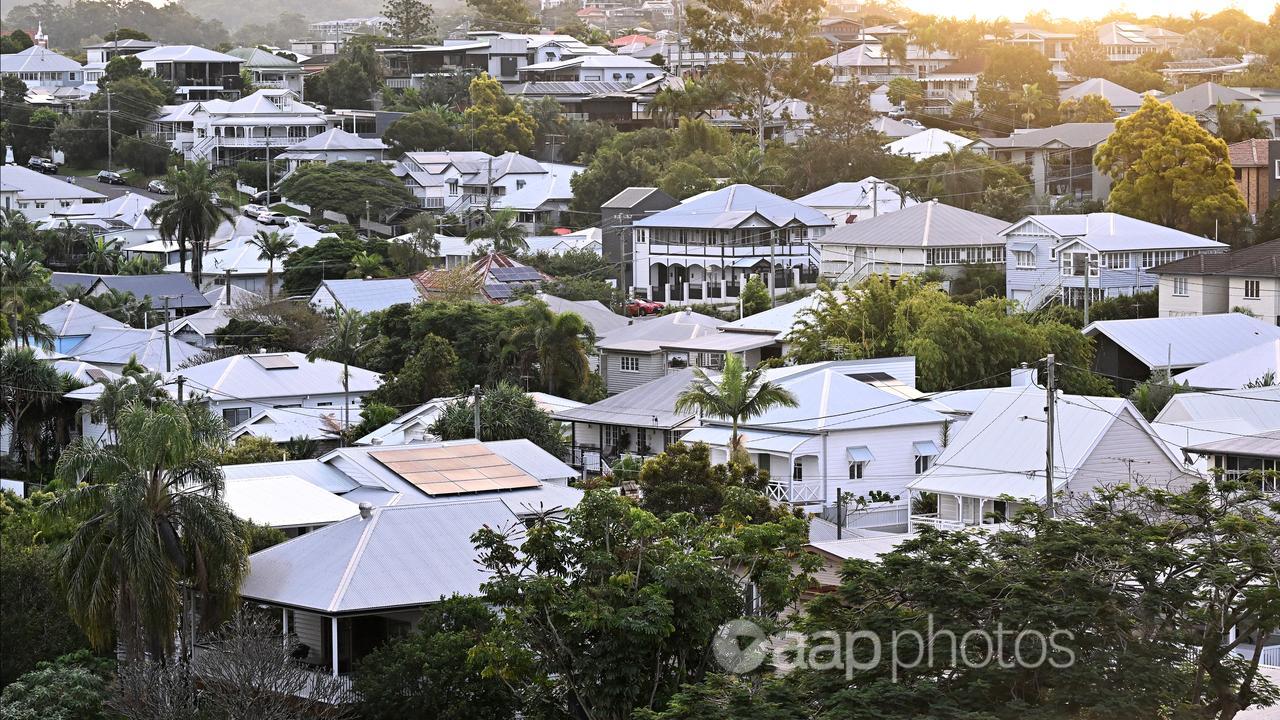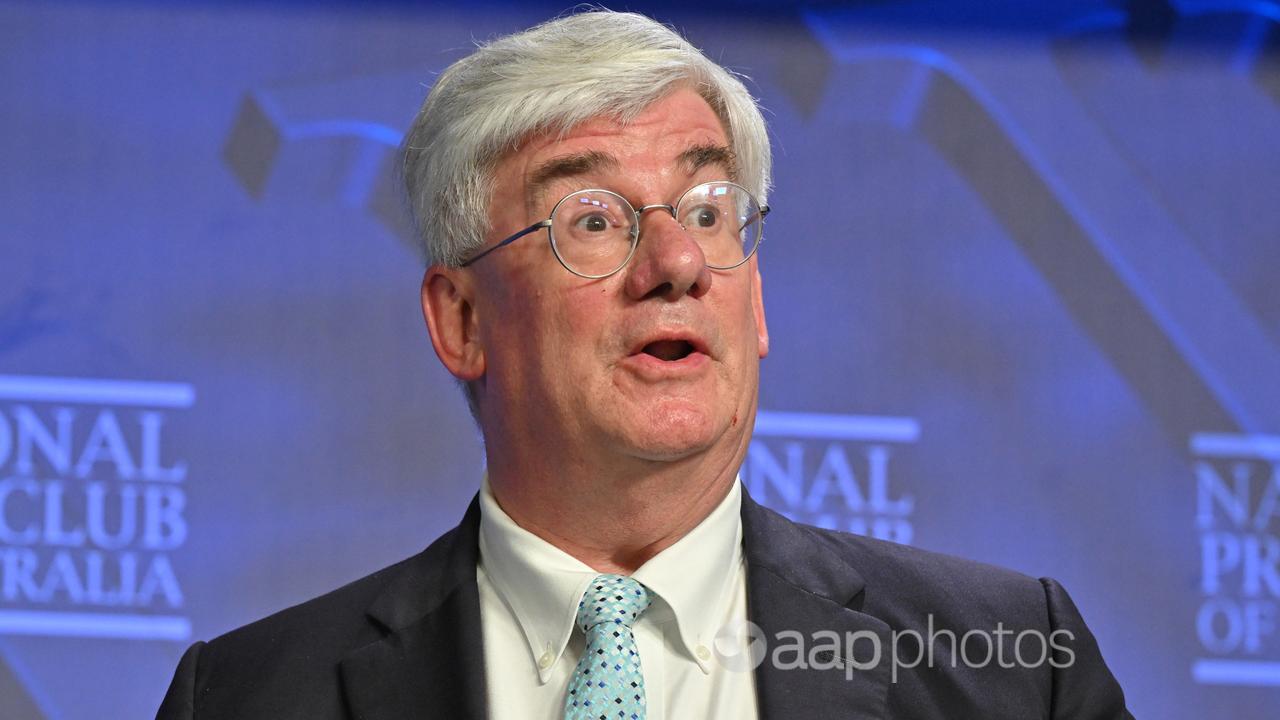Mortgage-holders should not expect the Reserve Bank of Australia to follow the United States central bank in slashing interest rates just yet.
Australia’s central bank has kept interest rates at 4.35 per cent since late 2023, a level intended to squeeze borrowers to slow inflation.
Board members will meet over two days starting on Monday, with the decision and press conference with governor Michele Bullock delivered on Tuesday afternoon.

Posturing since the last meeting suggests the RBA won’t be following the Federal Reserve’s lead, which delivered a 50 basis point rate cut last week.
The RBA maintains Australia is in a different position than many of its peers, with progress on inflation slow.
It has also pushed back on the prospect of near-term interest rate cuts and maintains another hike remains on the table.
Independent economist Saul Eslake says the opportunity to nudge rates higher has passed.
Mr Eslake expects cuts to start in February and doesn’t think easing in other countries, including Canada and New Zealand as well as the US, will prompt the RBA to follow suit.
“They all put their rates up a lot more than the RBA did, and they all put them up earlier than the RBA did too,” he said.
And unlike those other countries, Australians were getting tax cuts boosting aggregate household incomes equivalent to 50 basis points of cuts.
“Why would the Reserve Bank double up on that?” Mr Eslake said.

The day after the cash rate meeting, the RBA will have fresh inflation data to chew on.
Wednesday’s monthly update from the Australian Bureau of Statistics may show the consumer price index falling 0.2 per cent in August, Westpac predicts.
Helped lower by government energy rebates, the bank’s economists expect an annual rate of 2.7 per cent, down from 3.5 per cent in July.
That would have headline inflation back within the RBA’s two-three per cent target range.
Yet the central bank has already indicated it plans to look through the temporary cost-of-living help and focus on underlying price pressures.
Other major datasets scheduled from the bureau include job vacancies and household wealth numbers, both due on Thursday.
A deep look into global and domestic financial stability is due from the RBA on Friday.
US stocks closed nearly unchanged on Friday as investors paused buying after a strong rally in the prior session that was fuelled by an upsized interest-rate cut by the Federal Reserve while Nike’s gains helped nudge the Dow to a record.
The Dow Jones Industrial Average rose 38.17 points, or 0.09 per cent, to 42,063.36, the S&P 500 lost 11.09 points, or 0.19 per cent, to 5,702.55 and the Nasdaq Composite lost 65.66 points, or 0.36 per cent, to 17,948.32.
Australian futures fell 68 points to 8190.
In its seventh-straight day of gains, the S&P/ASX200 index rose 17.6 points, or 0.21 per cent, to 8,209.5, to enjoy a 1.35 per cent gain for the week.
The broader All Ordinaries on Friday climbed 20.2 points, or 0.24 per cent, to 8,437.2, also a record close.




















